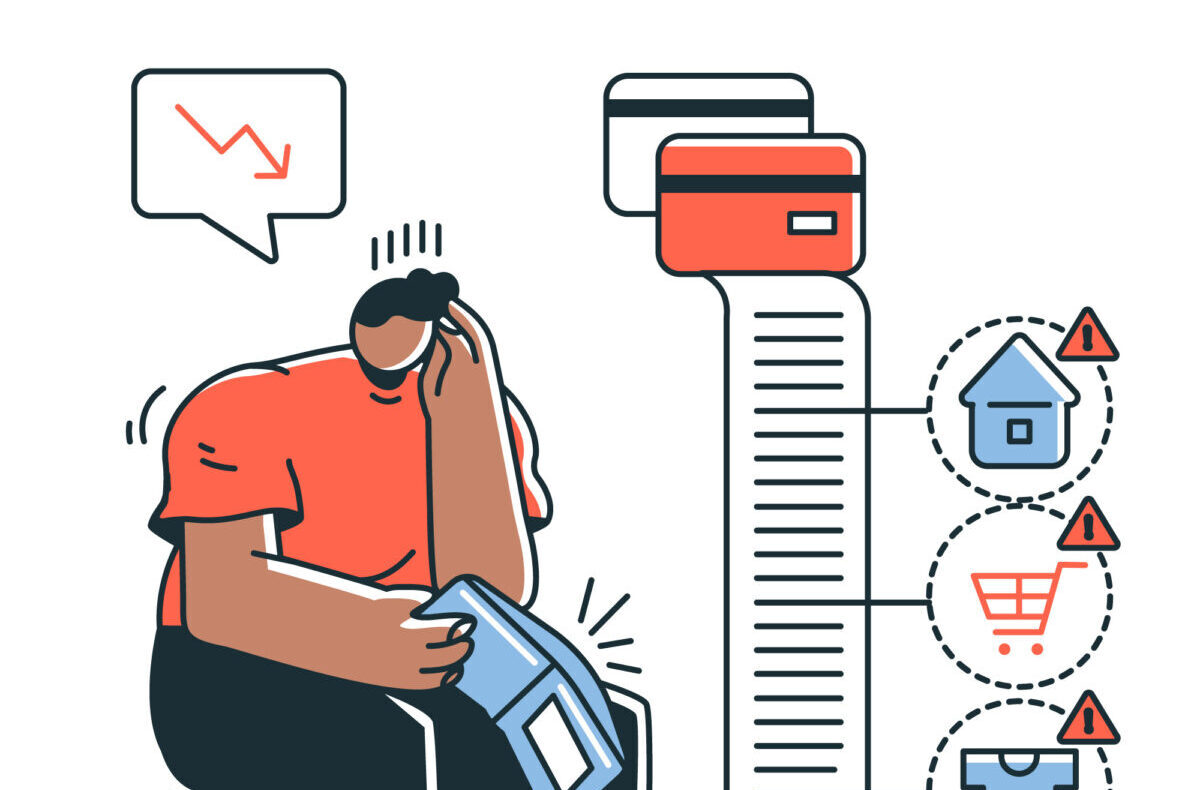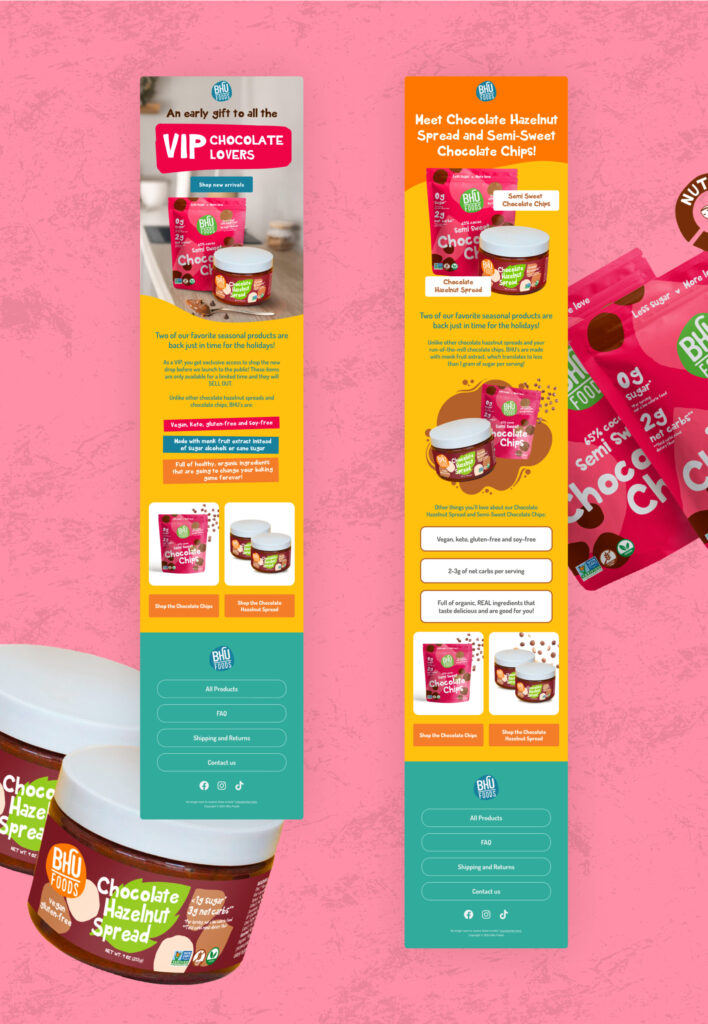What Is Churn Rate? How to Calculate & Reduce Customer Loss

Losing customers is expensive. Businesses work hard to acquire customers, but without a solid retention strategy, many leave just as quickly. What is churn rate? It’s a key metric that tracks how many customers stop doing business with you.
Understanding churn rate meaning, how to measure it, and strategies to reduce churn rate can help businesses improve retention and long-term revenue.
What You’ll Learn:
Churn Rate Meaning: What Is Churn in Business?
How to Calculate Churn Rate
What Is a Good Churn Rate?
Churn Rate vs. Retention Rate: What’s the Difference?
How to Reduce Churn Rate: Strategies That Work
Shopify Churn Rate: Why Customers Leave
Case Study 🚀
Conclusion: Taking Action to Reduce Churn
Churn Rate Meaning: What Is Churn in Business?
Churn rate, also known as customer attrition, is the percentage of customers who stop purchasing from a business within a given timeframe.
In e-commerce, churn typically happens when customers don’t return to make additional purchases.
For SaaS and subscription models, it refers to canceled memberships.
Negative Churn Is the Ultimate Goal
Instead of just reducing churn, businesses should aim for negative churn, where revenue from upsells, cross-sells, or subscription upgrades outpaces revenue lost from churn. This shift makes customer retention more profitable and drives long-term growth.
Since lowering churn increases customer lifetime value (CLV), brands should prioritize strategies that drive repeat purchases and long-term loyalty.
How to Calculate Churn Rate
Accurate churn measurement helps businesses track retention efforts and make necessary improvements.
Churn Rate Formula
(Total Customers at the Start of the Period / Customers Lost in a Period)
× 100
Example:
If a Shopify store starts the month with 1,200 customers and loses 60, the churn rate would be:
(60 / 1200) × 100 = 5%
Monthly Churn Rate vs. Annual Churn Rate
- Monthly churn rate gives insight into short-term retention trends.
- Annual churn rate helps track long-term business health.
What Is a Good Churn Rate?
A “good” churn rate varies by business type and industry.
General benchmarks:
- SaaS businesses: Below 5% monthly churn rate is ideal.
- E-commerce brands: 20% annual churn rate or lower is competitive.
- Subscription-based businesses: Anything over 10% monthly churn rate is concerning.
For Shopify churn rate, businesses must reduce one-time purchases and increase customer lifetime value.
Average Churn Rate by Industry: Benchmarks & Insights
Understanding how your churn rate compares to industry standards is critical for setting realistic goals.
According to Statista, the average churn rate by industry varies significantly:
| Industry | Average Churn Rate (%) |
| Telecom | 21% |
| SaaS | 15% |
| Retail & E-commerce | 22% |
| Financial Services | 25% |
| Subscription Boxes | 30% |
📌 Source: Statista – Customer Churn Rate by Industry (U.S.)
Key insights:
- E-commerce churn rate is higher due to seasonal shopping and impulse buying.
- SaaS churn rate is lower because subscriptions create long-term customer relationships.
- Subscription services experience the highest churn, requiring strong retention efforts.
Churn Rate vs. Retention Rate: What’s the Difference?
Though related, churn rate and retention rate measure different things.
| Metric | Definition | Focus |
| Churn Rate | Percentage of customers lost over a period | Tracks customer loss |
| Retention Rate | Percentage of customers who continue buying over a period | Measures customer loyalty |
A strong retention strategy directly lowers churn. Implementing proven customer retention tactics—like loyalty programs and personalized engagement—helps keep customers active and engaged.
How to Reduce Churn Rate: Strategies That Work
Reducing churn rate in e-commerce requires proactive customer engagement and data-driven strategies.
1. Enhance Customer Experience
Customers are more likely to remain loyal to brands that offer personalized and engaging experiences. Businesses can improve retention by providing tailored recommendations and rewarding repeat customers.

Personalized recommendations – Show customers products they’re likely to buy.
Loyalty programs – Reward repeat customers with discounts and exclusive offers.
2. Strengthen Onboarding & Retention Tactics
A poor onboarding experience can lead to early churn, while a proactive retention strategy keeps customers engaged over time. Brands must ensure that customers receive value from the start and remain engaged throughout their journey.

Proactive support – Offer assistance before customers leave.
Automated follow-ups – Engage inactive customers with tailored messages. Winning post-purchase email strategies can help brands craft effective follow-ups that drive retention.
3. Leverage Data & AI to Predict Churn
Using customer behavior insights and artificial intelligence, businesses can detect early signs of churn and take action before losing valuable customers.
Predictive analytics – Identify high-risk customers before they churn.
Churn segmentation – Target at-risk customers with incentives.
Quick Checklist to Reduce Churn Rate
✔ Monitor monthly churn rate to identify trends.
✔ Optimize onboarding processes to prevent early drop-offs.
✔ Offer exclusive perks for long-term customers.
✔ Use exit surveys to understand why customers leave.
✔ Continuously refine customer engagement strategies.
Shopify Churn Rate: Why Customers Leave
Shopify store owners often struggle with customer retention due to several common challenges. Addressing these issues can significantly lower churn and increase repeat purchases.
1. High cart abandonment
Over 70% of Shopify customers add items to their carts but leave before completing the purchase. This is often due to unexpected costs, complicated checkout processes, or a lack of trust in the brand.
2. Lack of post-purchase engagement
Many customers buy once and never return. Without follow-up communication, customers may forget about the brand or turn to competitors for their next purchase.
3. Pricing competition
Shopify stores operate in a competitive market, and price-sensitive customers often switch to brands that offer better deals. Businesses that fail to differentiate their products or provide incentives risk losing customers to lower-priced alternatives.
Solutions to Reduce Shopify Churn Rate
✔ Abandoned cart recovery – Send reminders and discounts to reclaim lost sales.
✔ Subscription models – Offer auto-renewal options to increase repeat purchases.
✔ Post-purchase engagement – Follow up with product recommendations and discounts.
Case Study: Reduced Churn Rate
BHU Foods, a health-focused food brand, faced high customer churn due to slow site speeds and low conversion rates. Many visitors browsed but didn’t complete purchases, leading to lost revenue and poor retention.
BHU Foods successfully lowered its churn rate, increased conversions by 40%, and boosted monthly sales by 16% by improving site performance and retention marketing. Faster load times and targeted re-engagement helped keep more customers coming back, improving overall retention.
🚀 Read more about their success here: BHU Foods Case Study
Taking Action to Reduce Churn
A high churn rate in e-commerce signals a need for better engagement, retention strategies, and proactive communication. Businesses that focus on customer experience, personalization, and data-driven insights can improve retention and revenue.
📌 Want to improve customer retention?
Future Holidays specializes in Shopify optimization to reduce churn and increase conversions.


